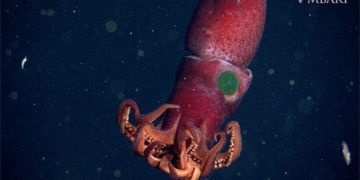Weighing no more than a large chicken egg, this chocolate is considered the most expensive in the world.
The luxurious chocolate in question is To’ak chocolate. This is a renowned chocolate brand from Ecuador.
In reality, the world is not short of expensive foods and sweets, such as truffle-infused ice cream and gold-flaked sandwiches. Most of these are merely extravagant creations designed to attract attention. However, there are a few rare delicacies that truly offer more value, not only containing numerous expensive ingredients but also enhancing the eating experience. A prime example is To’ak chocolate.
To’ak chocolate from Ecuador claims that their products are among the few that provide such value, although whether the pricing is truly justified remains up to the consumers.
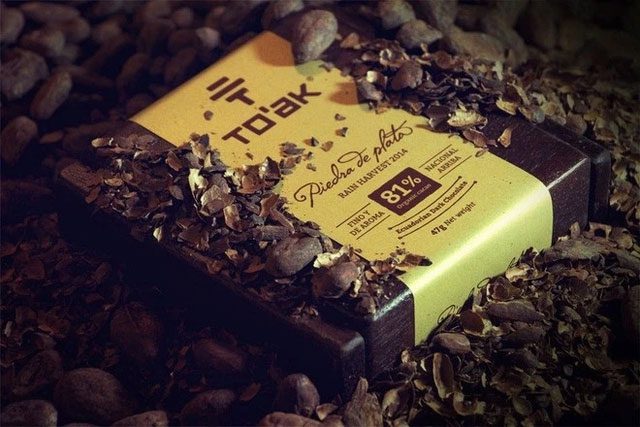
A small bar of To’ak chocolate (approximately 50 grams) can be sold for $490. (Photo: Yelp).
In fact, To’ak is considered the most expensive chocolate in the world. Small chocolate bars weighing around 50 grams can be sold for $490 (over 12 million VND). The brand believes that the price does not fully convey the story of To’ak.
Jerry Toth, co-founder of To’ak, shared: “The price is merely a means to an end. Ultimately, what we are truly trying to create is something entirely unique and beautiful for the world. It transcends being just an expensive chocolate bar and enters the realm of experience.“
So, what makes To’ak so special that many are willing to spend hundreds of dollars just to buy a small chocolate bar weighing the same as a chicken egg?
The answer is not just one thing; instead, it is a combination of many factors.
Why is a chocolate bar sold for over 12 million VND?
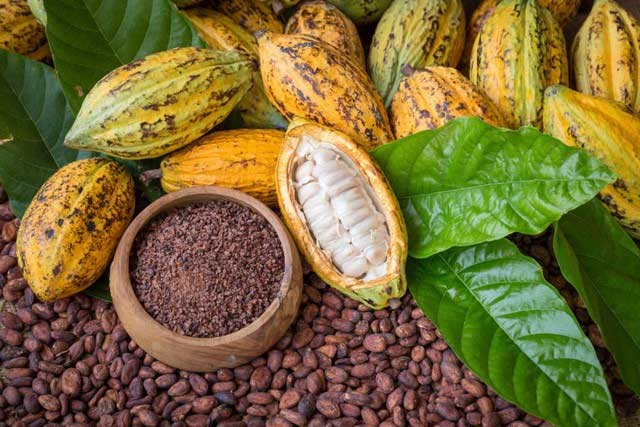
To’ak chocolate is made from the finest cacao available today, known as Nacional cacao. (Photo: Spicejungle).
Specifically, the secret behind the world’s most expensive chocolate lies in To’ak’s use of the finest Nacional cacao. This is an ancient cacao variety that became extinct in 2009. Fortunately, the people behind To’ak discovered some of the oldest cacao groves in the world in the Piedra de Plata Valley. Remarkably, some of these were later DNA tested and confirmed to be 100% Nacional cacao.
But it doesn’t stop there. According to Galavante, To’ak is willing to pay the highest prices in the world to the cacao farmers, which also impacts the final product’s pricing. Next is the chocolate-making process. After harvesting, To’ak’s workers meticulously hand-select cacao beans to ensure that only the best are processed. In addition to pricing, To’ak is also globally known for pioneering the aging of chocolate. This process is inspired by the aging of spirits like whiskey and cognac.
According to a blog post by To’ak, when whiskey is stored in oak barrels, it extracts chemical compounds from the wood, imparting unique flavors and colors to the whiskey. Similarly, when chocolate is aged in wooden barrels, a similar process occurs. Even in its solid state, chocolate has a fascinating advantage in extracting flavors and aromas from the wood, particularly absorbing the oils present in cacao.
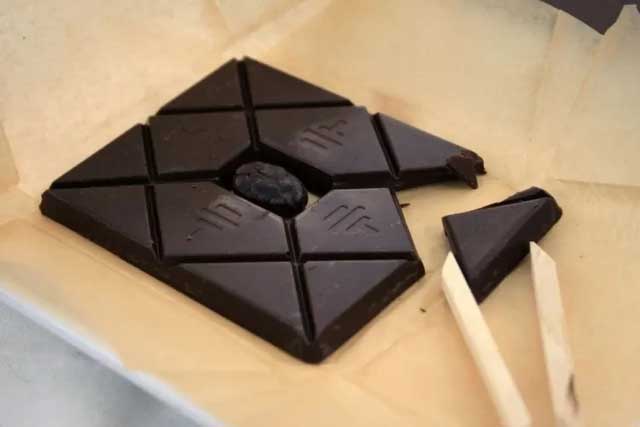
To properly enjoy To’ak chocolate, users must use the provided bamboo tweezers to pick it up. (Photo: Odditycentral).
Additionally, To’ak has experimented with various ancient techniques, such as aging chocolate in different barrels (whiskey, cognac, etc.) for various durations, ranging from a few months to eight years. Notably, To’ak has also tried blending its chocolate with aromatic compounds like Ecuador’s Palo Santo wood and Kampot pepper from Cambodia, continuously experimenting with new methods to enhance its chocolate’s flavor.
Even the packaging and wooden boxes are handcrafted, contributing to the price of the chocolate bars when sold on the market.
From rare ingredients to intricate processing methods, it is clear that the willingness of some individuals to spend hundreds of dollars to savor To’ak chocolate is not surprising.
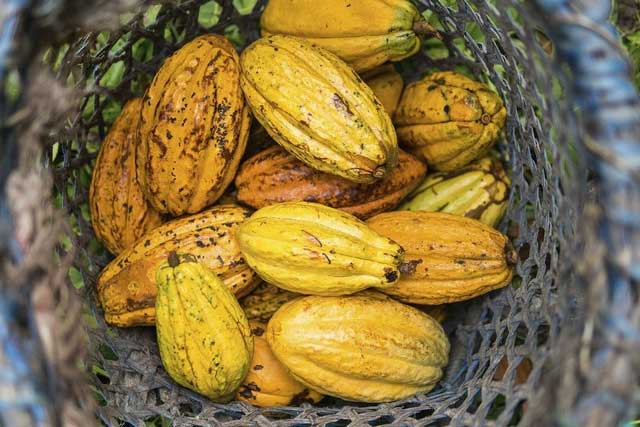
Nacional cacao is considered the best raw material for this special chocolate. (Photo: NatGeo).
Nacional cacao is known as the Criollo variety native to Ecuador and has been found in artifacts, ceramics, and relics dating back 5,000 years. This cacao type is locally known as Pepitas de Oro. Its pods are typically bright yellow with deep wrinkles.
Nacional cacao can come in various shapes and sizes, but they all share an elongated form. This cacao variety has floral and herbal notes, with hints of tropical fruit. Thus, Nacional cacao is considered the best raw material for this special chocolate, due to its complex aroma.
However, due to numerous challenges from soil conditions, climate change, crop diseases, and farming difficulties, this cacao variety has become increasingly expensive.

















































